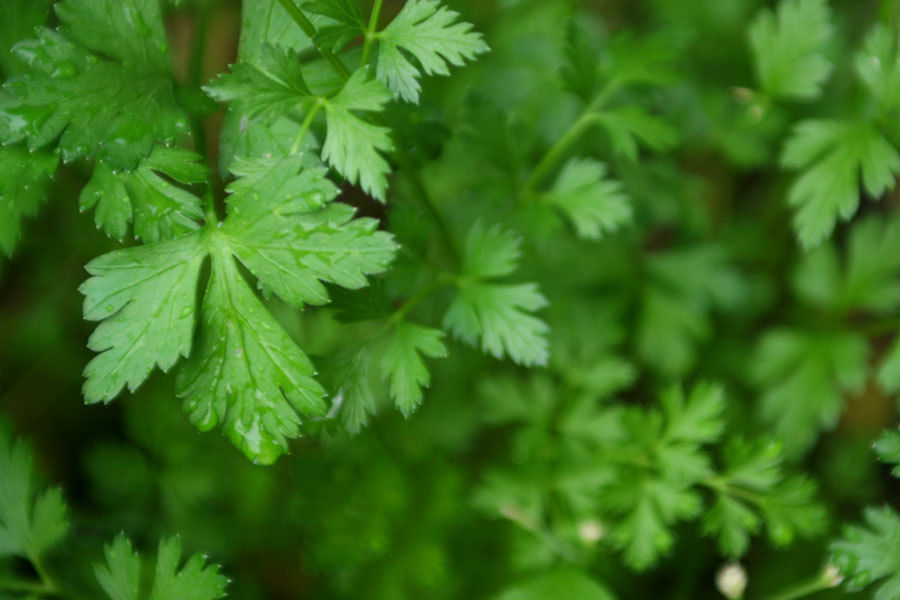MANGO PLANT NURSERY IN GUJARAT,KARNATAKA,CHATTISGARH,JHARKHAND
- sagwan farming
- Feb 11, 2021
- 3 min read
ALL TYPES OF GRAFTED MANGO PLANT SUPPLIER, NURSERY OF MANGO PLANT ,DASHERI,KESAR,LANGRA,CHUSA,ALPHOSO,TOTAPURI, 08176888883, 4, 5, 7 TEAK, EUCALYPTUS, SANDALWOOD, BAMBOO, MAHOGANY, AMLA, MANGO, JACKFRUIT, CUSTARD APPLE, LEMON, GUAVA, AND HYBRID VEGETABLES TOMATO, CHILLY BROCCOLI,LADY FINGER,BOTTLE GUARD,CUCUMBER, SEEDS FOR KITCHEN GARDEN AND FLOWER SEEDS SUPPLIER MANUFACTURER IN MAHARASHTRA UTTAR PRADESH,TAMILNADU,TELANGANA, WEST BENGAL,PUNJAB,MAHARASHTRA,GUJARAT,
KARNATAKA,CHATTISGARH,JHARKHAND
RAJASTHAN, BIHAR HARYANA,MADHYA PRADESH,KERALA.




MANGO PLANT NURSERY
PRODUCTION TECHNOLOGY
5.1 Agro-climatic requirements
Mango is well adapted to tropical and sub-tropical climates. It thrives well in almost all the regions of the country but cannot be grown commercially in areas above 600 m. It cannot stand severe frost, especially when the tree is young. High temperature by itself is not so injurious to mango, but in combination with low humidity and high winds, it affects the tree adversely.
Mango varieties usually thrive well in places with rainfall in the range of 75-375 cm. /annum and dry season. The distribution of rainfall is more important than its amount. Dry weather before blossoming is conducive to profuse flowering. Rain during flowering is detrimental to the crop as it interferes with pollination. However, rain during fruit development is good but heavy rains cause damage to ripening fruits. Strong winds and cyclones during fruiting season can play havoc as they cause excessive fruit drop.
Loamy, alluvial, well drained, aerated and deep soils rich in organic matter with a pH range of 5.5 to 7.5 are ideal for mango cultivation.
5.2 Growing and Potential Belts
Mango is cultivated in almost all the states of India. The state-wise growing belts are given in the following :
Planting
5.4.1 Planting Material
Mango can be propagated from seed or propagated vegetatively. Plants are generally propagated vegetatively by using several techniques like veneer grafting, inarching and epicotyl grafting etc.
5.4.2 Planting Season
Planting is usually done in the month of July-August in rainfed areas and during February-March in irrigated areas. In case of heavy rainfall zones, planting is taken up at the end of rainy season.
5.4.3 Spacing
The planting distance is 10m. x 10m. and 12m. x 12m. in dry and moist zones respectively. In the model scheme, a spacing of 8m. x 8m. with a population of 63 plants per acre has been considered which was observed to be common in areas covered during a field study.
5.5 Training of Plants
Training of plants in the initial stages of growth is very important to give them a proper shape specially in cases where the graft has branched too low.
5.6 Nutrition
Fertilizers may be applied in two split doses , one half immediately after the harvesting of fruits in June/July and the other half in October, in both young and old orchards followed by irrigation if there are no rains. Foliar application of 3 % urea in sandy soils is recommended before flowering.
The following table gives the details of fertilizer applied (depending upon the age of the plants) :
Well decomposed farm-yard manure may be applied every year. For trench application of fertilizers, 400g. each of N and K2O and 200g. of P2O5 per plant should be provided. Micro-nutrients may be applied as per the requirement in the form of foliar sprays.
5.7 Irrigation
The frequency and amount of irrigation to be provided depends on the type of soil, prevailing climatic conditions, rainfall and its distribution and lastly the age of the trees. No irrigation is required during the monsoon months unless there are long spells of drought.
REVOLVING EARTH AGRO (INDIA) P. LTD.
MAHARASHTRA:
110 Kalyani village Near Ganeshpuri vrajeshwari Road Vasai East Thane Maharashtra India
Phone: 08176888883,08176888884
08176888885,08176888887
Fax: 05226888883
UTTARPRADESH:
Apex Chamber 19, Vidhan Sabha Marg Lucknow Uttarpradesh 226001 Lucknow
India
Phone: 09670000455,07800394997
08805657748 ,07905382978
Fax: 05226888883
email: sagwanfarming@gmail.com




Comments